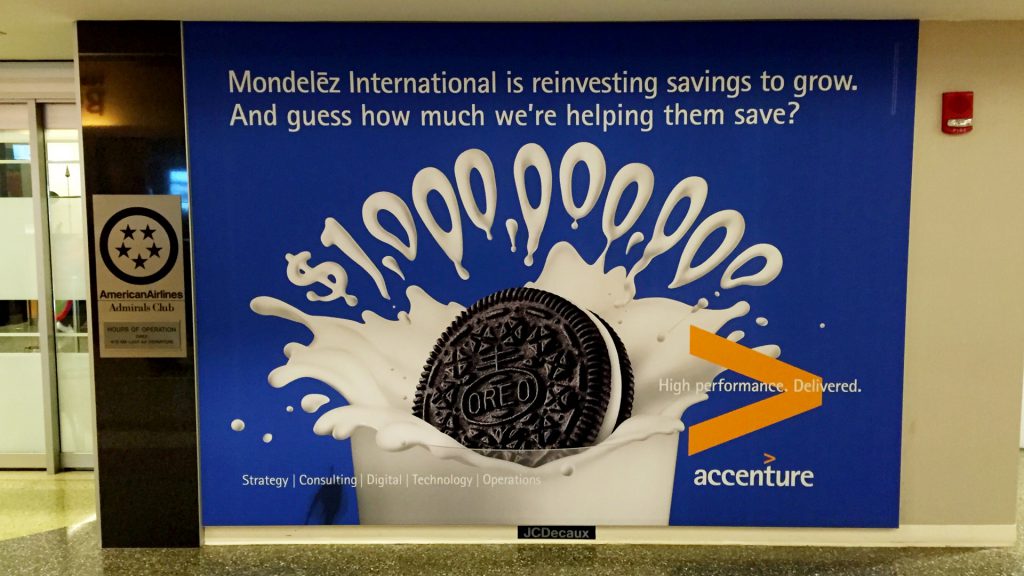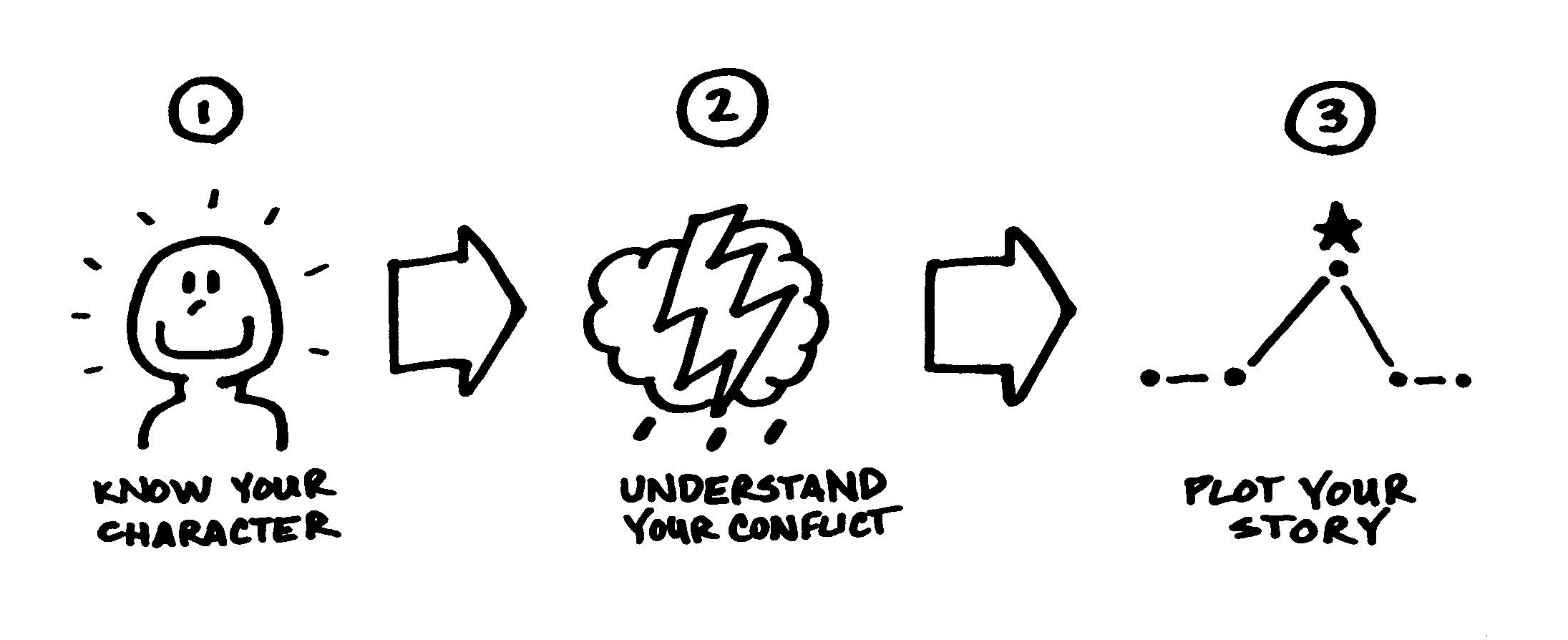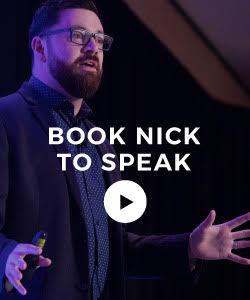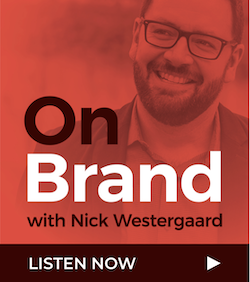We’re all in the storytelling business. Whether you’re a marketing professional at a Fortune 500 company, running a small business, fundraising for a nonprofit, or communicating on behalf of a government agency, you’re responsible for telling your brand’s story with the intention of producing a result.
Why do we tell stories? “Story is how we make sense of the world around us,” says Robert McKee, writing instructor and author of Story: Substance, Structure, Style and the Principles of Screenwriting. As it turns out, our brains are hardwired for comprehending stories. Plus, once we know a good story, it stays with us and is easier to share with others.
Yet storytelling can be deceptively simple. As kids, we excel at it, whether it’s tall tales to friends or sharing stories by the campfire. Like so many useful childhood skills, we tend to age out of it.
So how can you get better at telling your brand’s story? Here are three key elements to keep in mind.
1. Know Your Character
The first question you have to answer in telling your story is who is it about? As marketers, we’re quick to think that we’re telling our own story. While your brand is certainly a factor, what you’re really telling is a story about your customer or audience.
As Marty Neumeier writes in The Brand Flip, “Your brand is a continuing story told by both the company and its customers. Every brand is a running narrative, a story-in-progress whose hero is the customer.”
I stumbled upon a perfect example of a customer-driven brand story while strolling through the terminal at Boston’s Logan Airport where I saw a wall-sized ad of an Oreo cookie splashing into a glass of milk. The headline: “Mondelēz International is reinvesting savings to grow. And guess how much we’re helping them save?” That’s right. This wasn’t an Oreo ad. It was an ad for strategy/consulting giant Accenture featuring their client, Oreo’s corporate parent Mondelēz.

The main character isn’t you. It’s your customer. Get to know them and what it is that they want.
2. Understand Your Conflict
Now that you know who the main character is, what happens next? In classic storytelling architecture, we have our protagonist. What we need is our antagonist. Lest you think your brand needs a mustache-twirling villain, let me remind you that an antagonist is “a character, group of characters, institution, or concept that stands in or represents opposition against which the protagonist(s) must contend.”
What is your audience struggling with? What challenges stand in their way? Mac has the PC. Starbucks has regular ol’ drip coffee — or anything that seeks to make coffee unremarkable. Your point has a counterpoint and it’s important to paint that picture as you tell your story.
Many organizations focus on minimizing conflict in their communications — rounding out the rough edges in their stories. Conflict is good. Conflict creates contrast and that’s where your brand can stand out.
3. Plot Your Story
With an antagonist goading your protagonist, where does your story’s plot go? Because our brains are wired for stories, many strong story structures have emerged through the ages. Kurt Vonnegut called them story shapes. Others think of them as archetypes but most stories fit into some pretty basic categories. Even for brands.
Think of the creation story. We can recite them on demand for storied brands like Amazon, where founder Jeff Bezos wrote his business plan as his wife drove them cross-country to Seattle. Or maybe it’s a love story, like Zappos’ promise of delivering happiness through unparalleled customer service. Or maybe you’re slaying a dragon like Salesforce who set out to “kill software.”
Story is simple. Know who your main character is, what they want, what stands in their way, and how you’re going to get them from point A to point B. Connecting these dots is where the power of your brand story lies.










